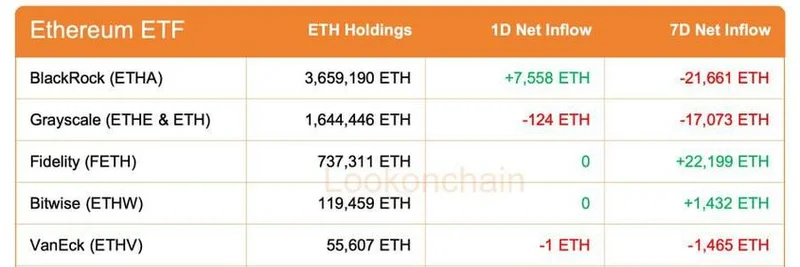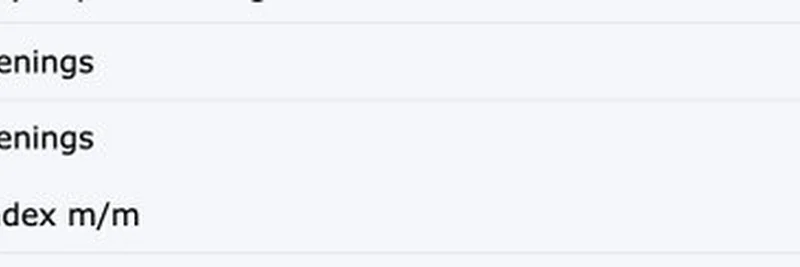Hey there, fellow meme enthusiasts and blockchain buffs! If you're deep into the Solana ecosystem like I am, you've probably seen the buzz around the latest tweet from SolanaFloor. They're shouting from the rooftops about something called p-tokens and how they could make Solana a whopping 19 times more efficient. As someone who's covered crypto news for years, I dove into this to break it down for you—especially how it ties into the wild world of meme tokens that we love here at Meme Insider.
Let's start with the basics. Solana is already known for its lightning-fast transactions and low fees, which is why it's become the go-to chain for launching and trading meme coins. But even the best tech has room for improvement. Enter p-tokens, also dubbed the Pinocchio Library. This isn't some fairy tale; it's a cutting-edge library developed by Anza, a team that spun out from Solana Labs. Think of it as an upgraded toolkit for building programs on Solana, specifically as an alternative to the current Solana Program Library (SPL).
What makes p-tokens special? It's all about optimization. They use something called zero-copy types, which means data doesn't have to be duplicated and moved around in memory. In simple terms, this cuts down on the "compute units" (CU) needed for transactions. Compute units are like the fuel for Solana's engine— the more you use, the higher the costs and the more network congestion. According to the details shared in the SolanaFloor article, p-tokens could slash compute resource usage by about 95% for the most common programs. That's not a typo; it translates to transactions being up to 19x more efficient!
Imagine what this means for meme tokens. Right now, when a hot new meme coin drops on Solana—think Pump.fun launches or viral trades—the network can get bogged down with spam and high activity. P-tokens could pack more transactions into each block, speeding things up and potentially lowering those pesky fees even further. More efficiency might also mean higher rewards for validators, keeping the network healthy and attractive for developers building the next big meme project.
But hold your horses; this isn't rolling out tomorrow. The Pinocchio Library is still in development, undergoing security audits to ensure it's rock-solid. Recent updates include support for T22 core instructions, though token extensions are on the way soon, as noted by Taylor Johnson from ExoTech. Once audits wrap up, it'll face a governance vote under SIMD-0266. If approved, we could see it live on the network in the coming months.
Not everyone's fully on board yet. Some devs, like Scott Hague from Flux RPCs, question the real-world impact and suggest focusing resources elsewhere. Fair point—Solana's got a lot on its plate. Plus, while p-tokens won't unlock the 184,128 SOL (worth around $33.7 million) currently stuck in old token mint accounts, they could prevent similar issues moving forward.
Ben Hawkins from the Solana Foundation keeps it real: "No change on inputs and outputs. Just a better implementation for the same thing." That means no massive token migrations needed, which is a relief for projects and holders alike.
For meme token creators and traders, this upgrade could be a game-changer. Faster, cheaper trades mean more room for degeneracy—sniping that next 100x gem without worrying about network hiccups. And with Solana's meme scene exploding, from cat coins to political memes, efficiency boosts keep the party going.
If you're itching to learn more, check out the original tweet or dive into related discussions on X. Solana's ecosystem is evolving fast, and tools like p-tokens are why it's staying ahead in the blockchain race. What do you think—will this send your favorite meme to the moon? Drop your thoughts in the comments below, and stay tuned to Meme Insider for more updates on all things meme and crypto!




